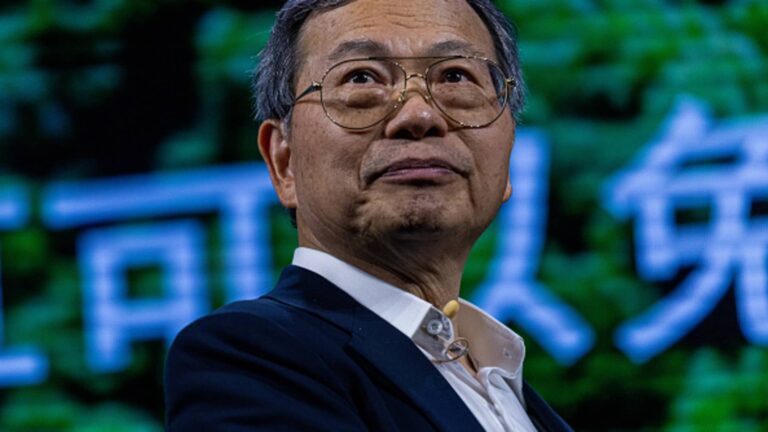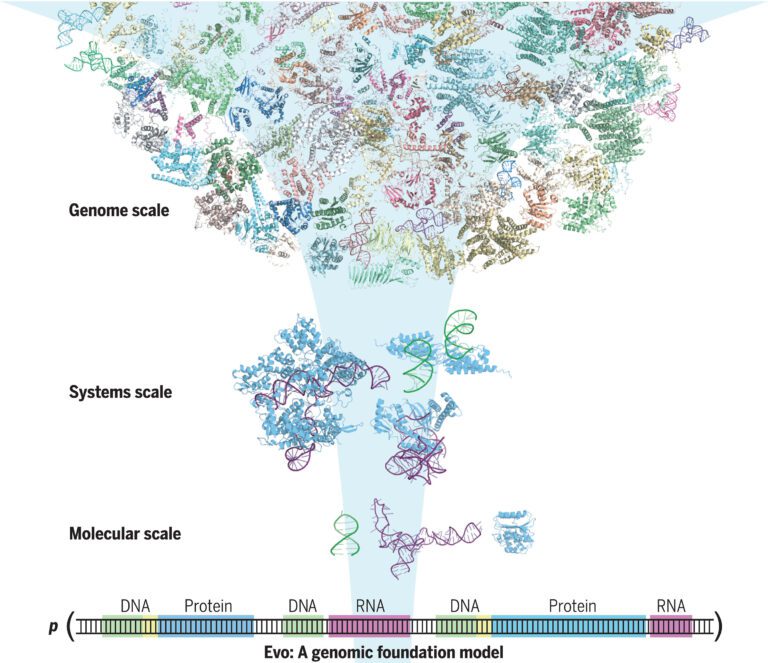

In a first such move, Elon Musk-run Tesla has launched a ‘virtual power plant’ that will pay its Powerwall users to help keep electricity on in their area during emergencies or energy shortages.
Tesla launched the ‘virtual power plant’ in partnership with California Pacific Gas and Electric Company (PG&E) to support the electricity grid while also earning compensation and maintaining energy security for its users.
Powerwall is a rechargeable lithium-ion battery stationary home energy storage product manufactured by Tesla Energy which stores electricity for solar self-consumption.
The Powerwall users can sign up for the programme and will receive $2 for every additional kilowatt-hour they feed to the electricity grid during designated “events” when the grid is under stress.
“Through the Emergency Load Reduction Program (ELRP) pilot, you will receive $2 for every additional kWh your Powerwall delivers during an event. Adjust your ‘Backup Reserve‘ to set your contribution, while maintaining backup energy for outages,” Tesla said in an update.
Tesla will dispatch energy from Powerwall when the grid is in critical need of additional power.
The electric car-maker urged Powerwall owners to team up and help form the largest distributed battery in the world — potentially over 50,000 Powerwalls.
“When the event begins, you will receive a push notification reminding you of the event end time, and your Powerwall will begin discharging to support the grid. Your Powerwall will discharge until the event ends, or when it discharges to your selected Backup Reserve level,” Tesla informed.
At the completion of the event, Powerwall will resume normal operation.
Powerwall will not dispatch to an energy level below ‘Backup Reserve’.
“The Tesla and PG&E ELRP pilot will compensate you $2 for every additional kWh that your Powerwall delivers during an event beyond typical behaviour,” said the company.
Powerwall is a rechargeable home battery system designed to maximise home’s energy independence and can be customised to energy needs.
FacebookTwitterLinkedin




